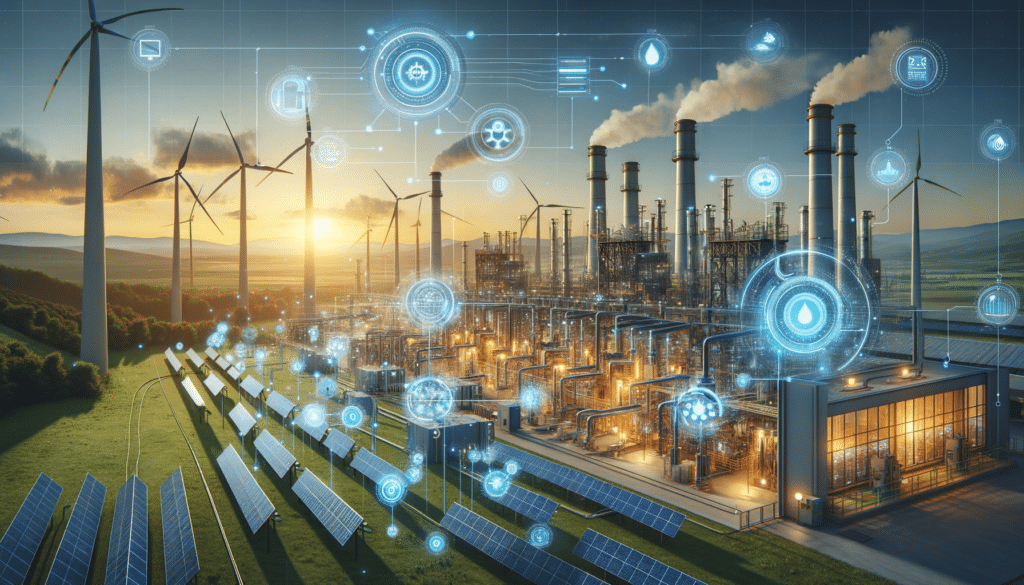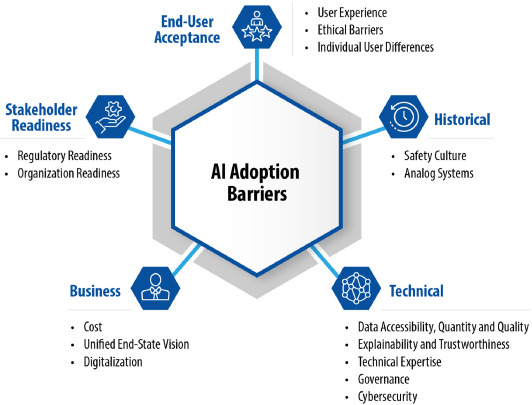IEA: AI Driving Surging Energy Demand, But Also Holds the Key to Efficiency
Share

The International Energy Agency (IEA) has released a major report highlighting the double-edged impact of artificial intelligence on the global energy system. While AI is fuelling a dramatic rise in electricity demand—primarily through data centres—it also offers transformational opportunities for energy efficiency, innovation, and grid optimisation.
AI’s Heavy Power Footprint
Modern AI models require enormous computational power, much of it concentrated in vast, power-intensive data centres. The IEA estimates that a single AI-focused data centre can consume as much electricity as 100,000 households. The largest centres under construction are projected to use up to 20 times that amount.
Global investment in data centres has nearly doubled since 2022, reaching $500 billion in 2024. As a result, electricity use by data centres hit 415 terawatt-hours (TWh) last year—roughly 1.5% of global consumption—and has grown at an annual rate of 12% since 2017.
The U.S. leads data centre consumption (45%), followed by China (25%) and Europe (15%), with nearly half of U.S. capacity concentrated in five regional clusters.
Looking ahead, the IEA projects data centre electricity use will more than double by 2030, reaching 945 TWh—more than Japan’s current total. In the U.S., data centres could account for nearly half of all electricity demand growth by the decade’s end, surpassing the combined energy use of major industrial sectors like steel and chemicals.
By 2035, depending on the pace of AI adoption, efficiency improvements, and infrastructure development, global data centre consumption could range from 700 TWh (“Headwinds Case”) to 1,700 TWh (“Lift-Off Case”).
Meeting the Demand: Renewables, Gas, and Grid Overhauls

To power this AI boom, the IEA expects renewables—backed by energy storage and modern grid systems—to supply about half of the growth in data centre demand by 2035. Natural gas will remain vital, particularly in the U.S., while nuclear—especially small modular reactors (SMRs)—is expected to play an increasing role in China, Japan, and the U.S.
But boosting generation is only part of the solution. Grid bottlenecks pose a serious challenge: around 20% of planned global data centre projects face delays due to connection queues and shortages of key components like transformers.
Fatih Birol, IEA Executive Director, warned, “In the U.S., data centres are on course to account for almost half of the growth in electricity demand; in Japan, more than half; and in Malaysia, as much as one-fifth.”
AI as a Catalyst for Energy Innovation
Despite its energy appetite, AI also presents enormous potential to reshape energy systems. The IEA outlines key applications:
- Oil and Gas: AI is already helping optimise exploration, production, maintenance, and methane leak detection.
- Electricity: AI enhances forecasting for solar and wind, reduces grid curtailment, detects faults (cutting outage times by up to 50%), and could unlock 175 GW of transmission capacity through smarter grid management.
- Industry: Process optimisation via AI could yield energy savings equivalent to Mexico’s total energy use.
- Transport: AI-powered logistics and traffic control could cut energy demand equivalent to 120 million cars, though rebound effects from autonomous vehicles may offset gains.
- Buildings: Smart energy systems offer vast savings, but digital adoption in the sector remains slow.
- Innovation: AI can accelerate discovery of advanced materials for batteries, hydrogen fuels, and carbon capture—though energy R&D still lags behind sectors like biomedicine in AI use.
Barriers to AI in Energy

Several roadblocks are slowing AI integration into the energy sector, including limited access to quality data, underdeveloped digital infrastructure, a shortage of AI-skilled workers, and outdated regulations.
Cybersecurity is also a growing concern. While AI improves cyber defence, it equally empowers attackers—cyberattacks on utilities have tripled over the past four years.
Supply chain risks—especially around critical minerals like gallium used in AI chips—further complicate energy security.
Collaboration and Smart Policy Needed

The IEA stresses that close coordination between the tech sector, energy companies, and governments is essential to avoid crisis-level bottlenecks. Smarter siting of data centres, streamlined permitting, and greater operational flexibility are key.
“AI is a tool—potentially an incredibly powerful one—but it is up to us how we use it,” said Dr. Birol. “The IEA will continue to provide the data and forums for collaboration as AI shapes the future of energy—and energy shapes the future of AI.”